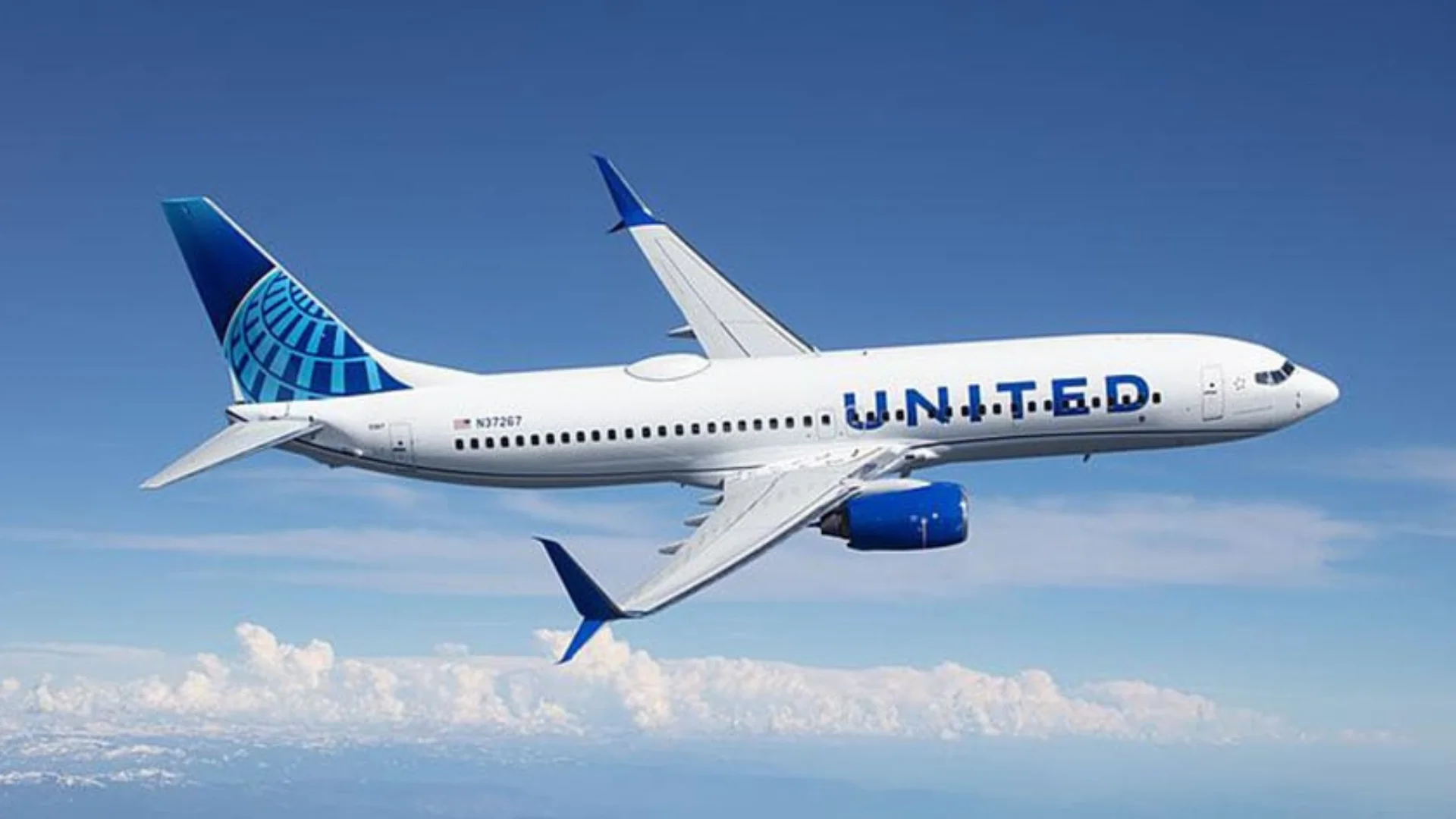A statement from the Port of Seattle describes the changes: "To accommodate the opening of the International Arrivals Facility, this project will relocate United Airlines, a domestic only carrier at SEA, to Concourse B and move Delta Air Lines, a carrier with international flights at SEA, from Concourse B into those vacated gates and spaces on Concourse A."
The current United Club lounge at gate A9 was opened in 2013. It spans more than 6,000 square feet and features views of the Cascade Mountains along with amenities such as a bar, workstations, power outlets, WiFi access, and snacks. At that time United was one of SeaTac’s largest carriers and operated transpacific flights to Tokyo Narita Airport (NRT). However, increased competition from Delta and Alaska Airlines led United to scale back its presence beginning in 2014 by closing both pilot and flight attendant bases.
Between 2012 and 2014 Delta expanded both domestic and international capacity at SEA while also launching service to Tokyo Haneda (HND) in addition to Narita (NRT). As a result of these moves—and increased competition—United lost passengers at nearly 10% per year during that period and eventually gave up its rights on routes like Tokyo-Narita. Star Alliance partner All Nippon Airways took over some of this capacity.
Alaska Airlines remains dominant at SeaTac with roughly half of all airport traffic; Delta holds about 20%. These market dynamics have made it difficult for another major U.S. airline like United—which now operates more than 1,000 aircraft globally—to maintain or expand service profitably in Seattle.
Recent airport expansion projects are intended not only for airline relocations but also to address growing passenger numbers after pandemic-related travel declines subsided. In total more than 50 million people pass through SeaTac each year.
In related developments affecting local air travel competition: Alaska Airlines merged with Hawaiian Airlines in 2024 under an agreement valued near $2 billion USD. The deal brought Airbus A330s and Boeing 787 Dreamliners into Alaska’s fleet—aircraft expected to boost both domestic long-haul and transpacific operations out of SeaTac.
 Alerts Sign-up
Alerts Sign-up




































